When looking at different wood boards, it is good to know the difference between solid wood, plywood, pressboard, and OSB. Though they have similarities, they also have some differences.
Solid wood is wood cut from a tree and made into products; plywood is engineered wood. Pressboard is made from paper, including recycled paper. OSB is also known as Oriented Strand Board, and because of its strength, it is used a lot in roofing, housing, and floors.
Table of Contents
Differences Solid Wood, Plywood, Pressboard, And OSB Explained.
Solid wood, plywood, pressboard, and OSB could be used in furniture and home decor accessories manufacturing, but they are not the same wood products.
Here is a chart to show some of the significant differences between solid wood, plywood, pressboard, and OSB.
| Description | Solid Wood | Plywood | Pressboard | OSB – Oriented Strand Board |
| Content | 100% Wood | Wood layers and glue | Paper and glue, sometimes recycled waste, is used. | Wood strands and waterproof resin |
| Type | Solid Wood | Engineered Wood | Pressboard | Structural Engineered Product |
| Kinds | Soft and Hardwood | Many kinds and grades | Many types of materials pressed | Wood parts about 8 to 15 cm long |
| Use | Furniture, Housing, floors, and many uses | Furniture, housing, accessories, floors, and many uses | Used a lot in school supplies | Used a lot for roofing, floors, and housing. |
As you can see from this chart, solid wood, plywood, pressboard, and OSB are very different kinds of wood products. As the name implies, solid wood is a woodcut from a natural tree and then cut into lumber. Plywood is considered engineered wood, pressboard is made from paper, and OSB is made from long wood strands.
They each have some similarities but also some differences.
All About Solid Wood
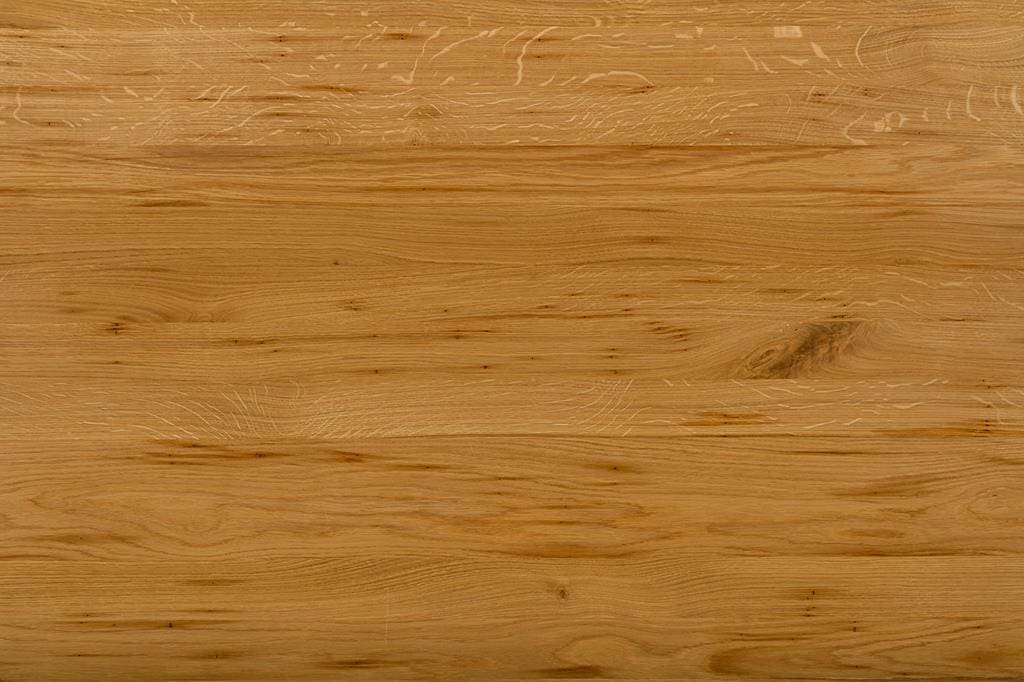
As the name implies, solid wood is made from the tree’s wood. It is a term that is most commonly used to help distinguish between ordinary lumber and engineered wood.
With solid wood, the wood is the same all the way through. There is no other wood attached to or on the bottom or top of solid wood. When you have a solid wood piece of furniture, it is wood that is solid or the same throughout the furniture piece.
To make a solid wood piece of furniture, the wood would be cut down from a tree and then cut into lumber. The wood would be dried and processed to make the piece of furniture.
All About Plywood
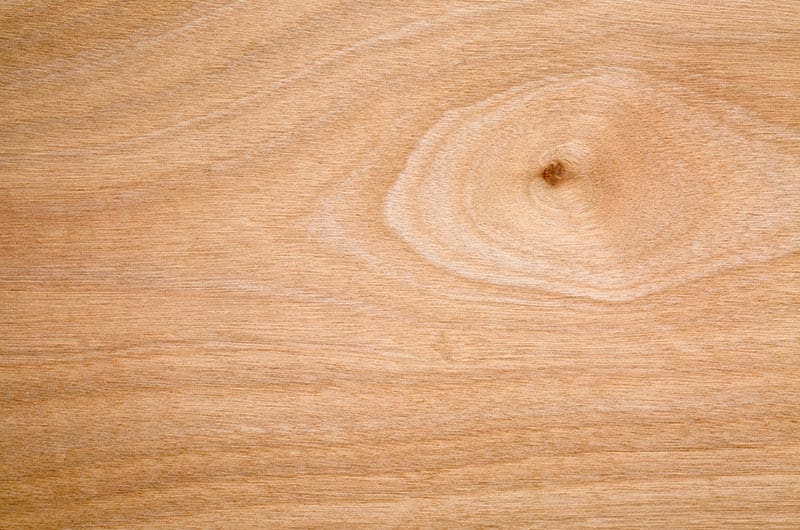
Plywood is a kind of engineered wood manufactured from thin layers or piles of wood that are veneered or glued together. The thin layers of wood are cut and glued together.
All plywoods use bound resin and wood fiber sheets to form a composite material considered engineered wood. The face of the plywood is always a higher grade of wood than the core veneers or the inner part of the wood.
The primary function of the core layers is to increase the separation between the outer or face layers to help reduce the plywood’s resistance to bending.
Different types of plywood include:
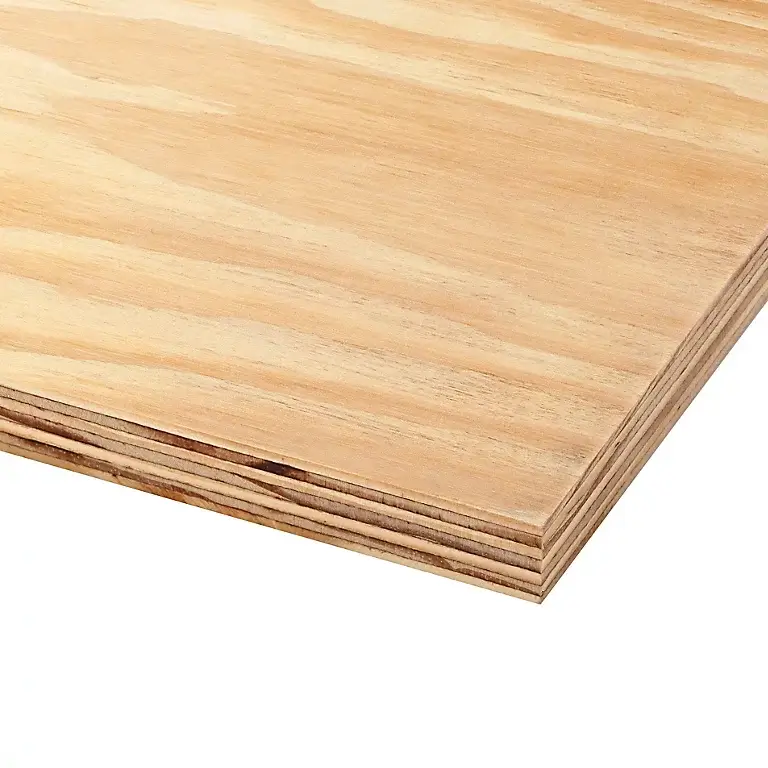
- Softwood Plywood – Softwood plywood is usually made from either cedar, Douglas Fir, pine, or fiber. Many times, it is used for construction or industrial purposes.
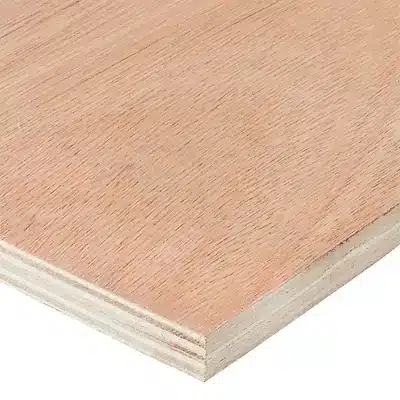
- Hardwood Plywood – Hardwood Plywood is made from hardwood trees such as Oak, Beech, or Mahogany. Hardwood plywood has excellent strength, stiffness, durability, and resistance to creep. It is used for heavy-duty floors and wall structures, perfect for surface hardness, including wear and tear applications.
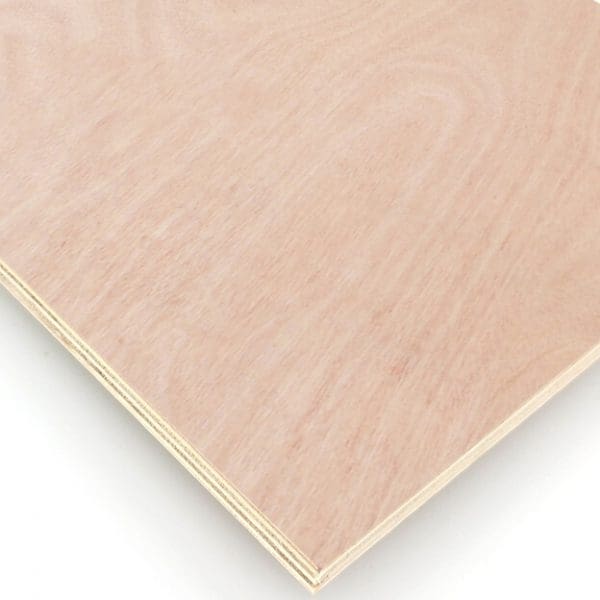
- Tropical Plywood – Tropical plywood is made of tropical timber mixed hardwood species. Usually made in Asia. South America and even Africa. It is often superior to softwood plywood due to its density, strength, evenness of layers, and high quality.
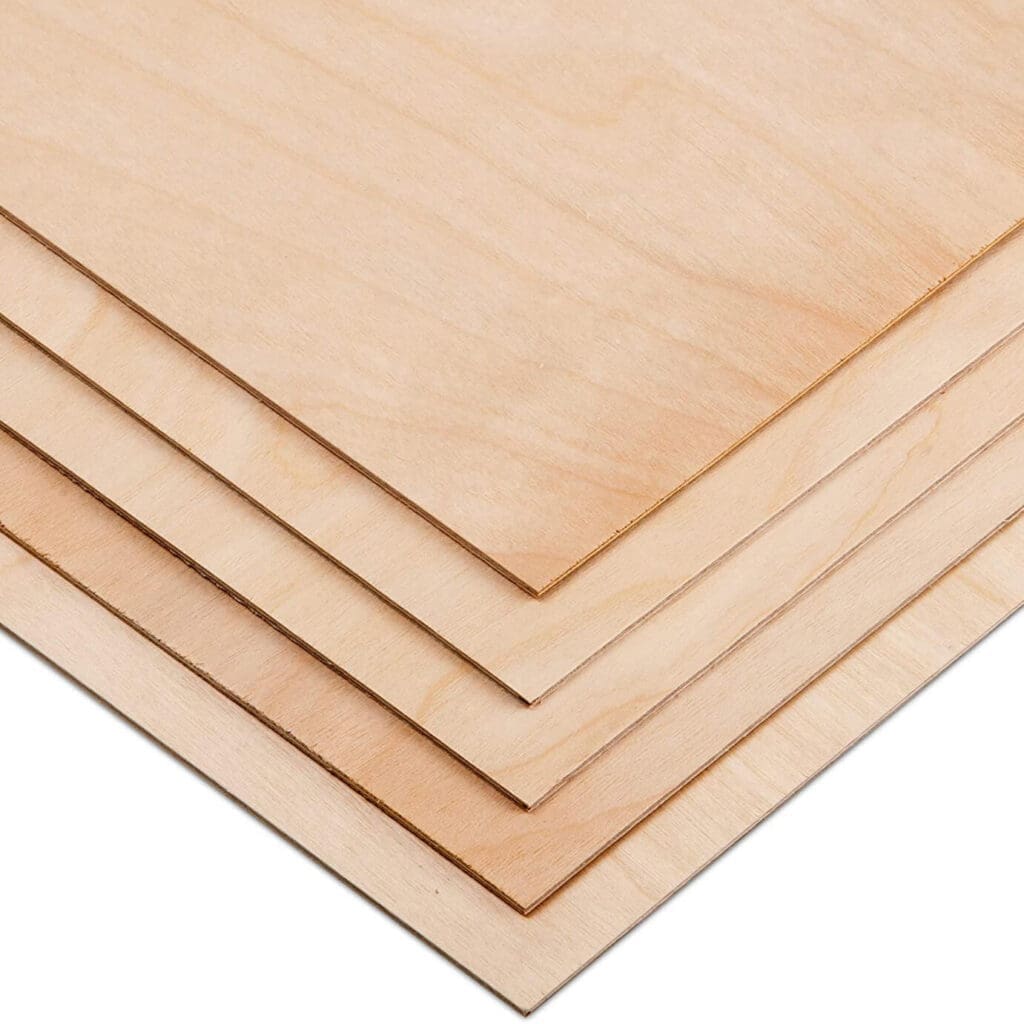
- Aircraft Plywood – High-strength plywood is known as aircraft plywood and is made from Mahogany, Spruce, or Birchwood. Aircraft plywood is resistant to heat and humidity. During World War II, it was used to construct some fighter aircraft.
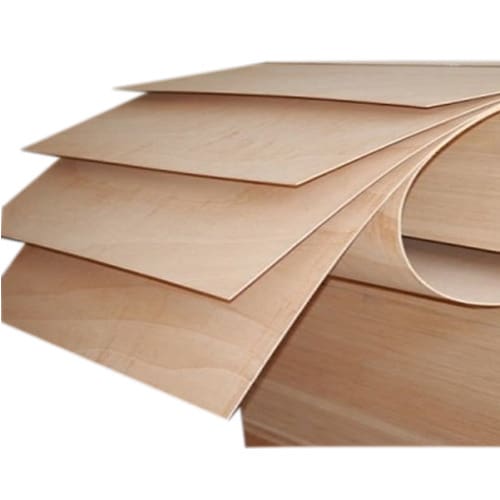
- Flexible Plywood – Flexible plywood is designed for making round or curved parts. This kind of plywood is used to make all kinds of curved furniture.
Plywood will usually come in grades from A, A/B, A/BB, B, B/BB, BB, C/D, WG, X, WBP, and BB/CC. All of these grades are different types and qualities of plywood.
All About Pressed Board
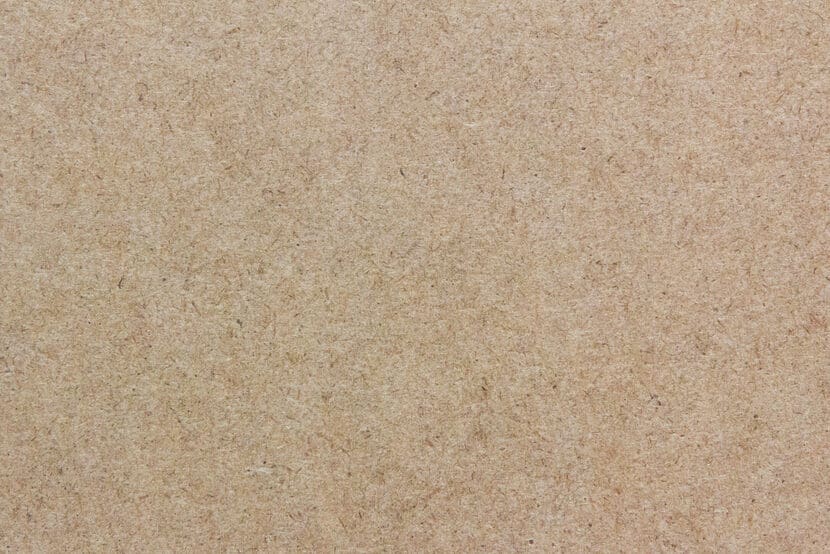
Pressboard is a cellulose-based material constructed of several layers of paper that is then pressed using a combination of glue, heat, and pressure. The key here is that the pressboard is made from paper and not wood.
Some pressboard has also been made by pressing together corn stalks.
Pressboard has traditionally been widely used in school and office products such as spiral-bound notebooks, three-ring binders, filing systems, and report covers. Pressboard has also been traditionally used to make the back panels of some items such as older television sets or radios.
All About OSB – Oriented Strand Board
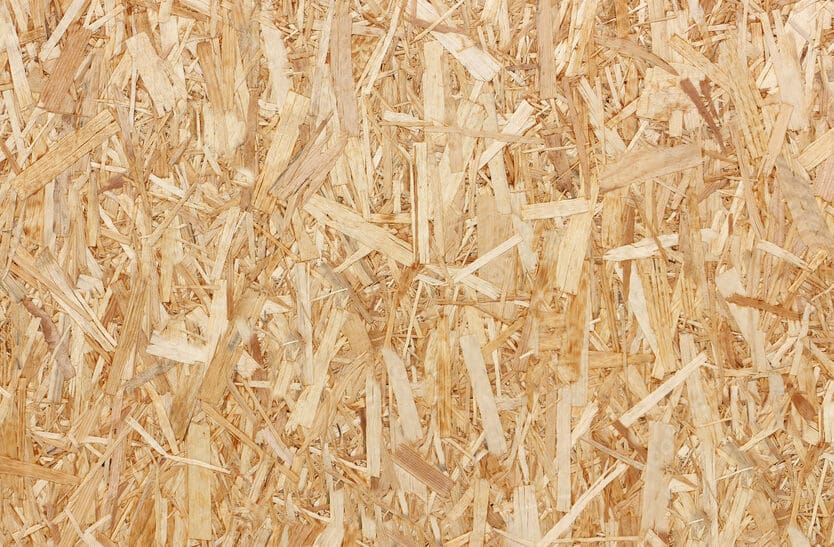
OSB is also known as Oriented Strand Board. OSB is made from wood strands 8 to 15 centimeters long mixed with waterproof resin and bound together using heat and pressure.
In producing OSB board, the panels made are solid, straight, and uniform. They are also strong and water-resistant.
Because of the nature of OSB panels, there are various ways the material is used, from a roof, walls, and floor sheathings. It is used a lot in construction as the panels will not warp and are resistant to wind and seismic loads.
OSB is also used for RV fabrications, and cargo van panels. Pallets, industrial containers, marine applications, and furniture manufacturing.
OSB or Oriented Strand Board is considered a structural engineered products and exempt from CARBS and EPA regulations.
Each of these wood products is not the same, but some unique differences and ways are used. They also have different uses when using these for manufacturing home decor and home furnishing products.
If you are interested in seeing how Mondoro can be a valuable partner for you for wood products – we would love to talk to you to see how we can help you.
Find out more about how Mondoro can help you create, develop, and manufacture excellent home decor and home furniture products – don’t hesitate to contact me, Anita. Check out my email by clicking here or become a part of our community and join our newsletter by clicking here.
Mondoro gives out a FREE Lookbook to anyone interested. You can receive a copy of our latest Lookbook by clicking here.
Listen to our Podcast called Global Trade Gal. You can find it on all major podcast platforms. Try out to listen to one of our podcasts by clicking here.
Subscribe to our Mondoro Company Limited YouTube Channel filled with great videos and information by clicking here.
Related Content
Hardwood Solids Furniture, What Does The Term Mean?
Hardwood solids can include non-solid woods as engineered woods. Hardwood solids are used in furniture and other industries to classify what kind of wood is used in a product. The terms usually do not classify what type of wood is used.
You can discover more by reading Hardwood Solids Furniture, What Does The Term Mean? by clicking here.
What Are Things To Consider When Finding A Solid Wood Manufacture to Manufacture Your Products?
One of the things we look at when we go into a new solid wood furniture manufacturer is in-house kiln wood drying. We also like to know if they understand how to properly join the wood and if they have the equipment to do it. Also, if the manufacturer is in a hot and tropical climate if they have a dry room to help control the wood moisture levels. We like to work with factories that will cut and shape all the wood themselves and also have in-house finishing facilities.
You can discover more by reading our blog 5 Questions To Ask When Considering A Solid Wood Furniture Manufacturer; read more by clicking here.
What is Solid Wood vs. Engineered Wood?
Solid wood is cut down from the tree, cut into wood boards, and then used for manufacturing. On the other hand, engineered wood is considered manmade as it is usually manufactured with wood chips or wood shavings and an adhesive. Today the manufacturing of engineered wood is extremely technical.
You can discover more by reading our blog All About Teak Wood And Outdod? by clicking here.

